By Lynn Riemer, president and founder of ACT on Drugs. a Colorado-based non-profit committed to raising awareness about the devastating lifestyle and physical effects of drug use and abuse.
Those working in the drug and alcohol screening industry are well aware of the devastation substance use and abuse bring to individuals, families, workplaces and communities. The human toll and the costs to our society and economy are immense, so those of us working in fields dedicated to protecting public and workplace safety when it comes to drugs and alcohol, know the signs and symptoms when someone is using.
Or so we think.
Unfortunately, detection is getting increasingly difficult as new legal alternatives to illegal substances like marijuana, cocaine, opioids and methamphetamine hit the market. Users are misusing over the counter (OTC) medications; ordering unregulated substances online that offer the advantages of being legal, are less expensive and have more desirable pharmacological effects; and are experimenting with new ways to ingest alcohol. While they may not be breaking laws, they are putting themselves and others at risk in ways that can be difficult to spot.
Here are some current trends:
Popular OTCs
PHENIBUT
(Also known as Fenibut, Phenyl-GABA, B-Phenyl-Gamma-Aminobutyric Acid, Beta-Phenyl-GABA)
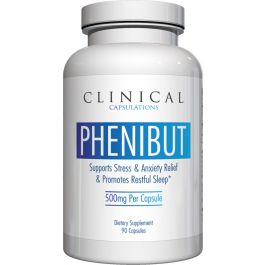
Phenibut is a GABA-B agonist that is a legal, non-regulated alternative to controlled drugs like Valium or Xanax. It is a synthetic form of GABA, or gamma aminobutyric acid, one of the brain’s inhibitory neurotransmitters. It was first made in 1963, in Russia, as an experimental drug for young patients undergoing psychiatric treatment. It has also been used by soviet cosmonauts to take advantage of the calming, yet mentally stimulating, effects. Not FDA approved, Phenibut is marketed as a mood enhancer, sleep aid, exercise recovery booster, and even a “smart drug” sold online as a nootropic, or cognitive enhancer with little medical research to back up these claims. Health food stores sell it as a “dietary supplement.” People use Phenibut for a variety of issues ranging from anxiety, insomnia and stress to post-traumatic stress disorder.
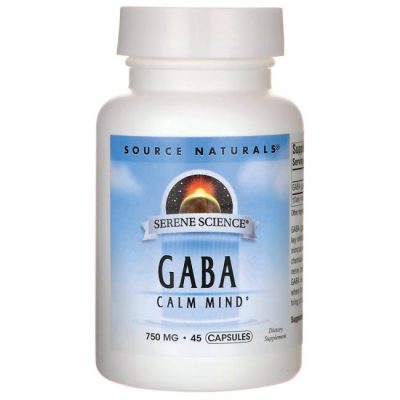
Many users believe Phenibut is a safe alternative to other drugs, but they are mistaken. Phenibut can be addictive and should not be stopped cold turkey. Quitting Phenibut requires medical assisted treatment and doctor-supervised tapering of the substance, (similar to Xanax). Withdrawal symptoms occur 3-4 hours after use with symptoms similar to those of alcohol withdrawal; anxiety, agitation, depression, cognitive deficits, insomnia, hallucinations, increased light and sound sensitivity, nausea, muscle aches, and tremors. Phenibut use has been associated with adverse outcomes such as severe agitation and psychosis, depression, low energy, feelings of worthlessness and helplessness, and suicidal ideation.
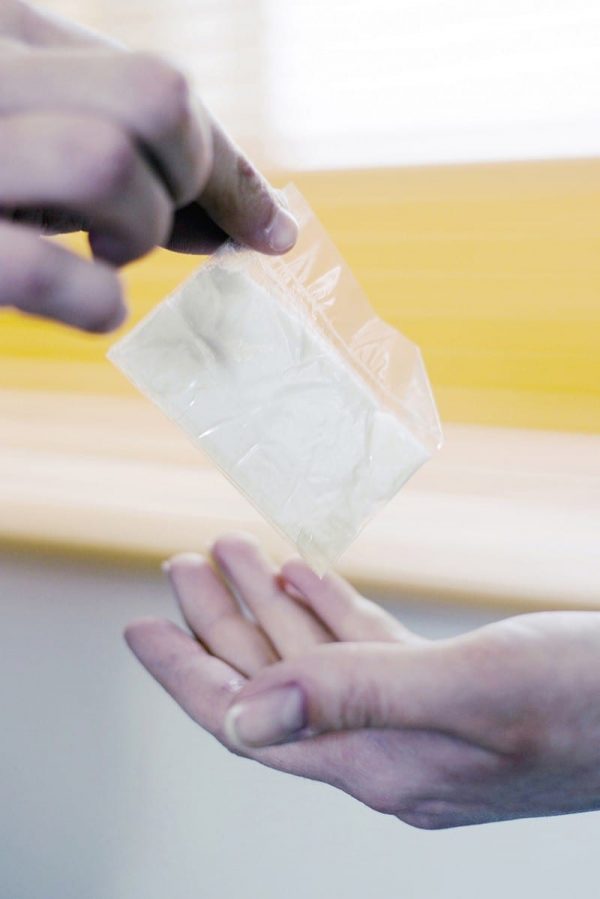
It’s important to note that Phenibut is also a central nervous system (CNS) depressant. When mixed with alcohol, sedatives, or opioids, which are also CNS depressants, the risk of overdose is much higher.
IMODIUM AD
Often called the “poor man’s methadone,” abuse of loperamide, an anti-diarrhea medication, available over the counter under the brand name Imodium, is becoming a growing problem. This compound is being used as an opioid substitute for both self-treatments of withdrawal symptoms and for getting high. It’s cheap and readily available over the counter or online via Amazon (400 tablets for $10). It is also easily stolen off shelves. Users consume large amounts – 50-300 pills – to get high or curb opioid withdrawal. (When used therapeutically to treat diarrhea, one or two pills are taken.)
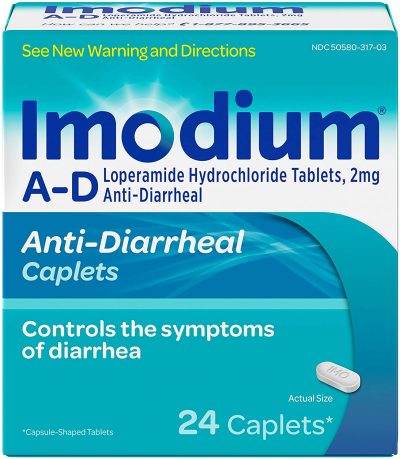
In large doses, Loperamide works in the body similarly to heroin, morphine and oxycodone. Excessive doses of Imodium AD can lead to heart problems, kidney and liver failure, pulmonary and cerebral edema, and even death. Some of the signs of Loperamide abuse or toxicity may include gastrointestinal complications (nausea, vomiting, constipation and paralyzed intestine), unresponsiveness, fainting, irregular heartbeat and cardiac arrest. Emergency Medical Services are having to use high doses of Naloxone to revive Loperamide overdose patients.
According to medical examiners, they are seeing a spike in deaths where Imodium AD is present in the body either ,mixed with opioids or alone in very high concentrations. Loperamide does not appear in a standard toxicology screen, and there is no urine test to screen for it. One clue that someone may be abusing this substance is a large amount of empty blister packs of Imodium AD in their possession.
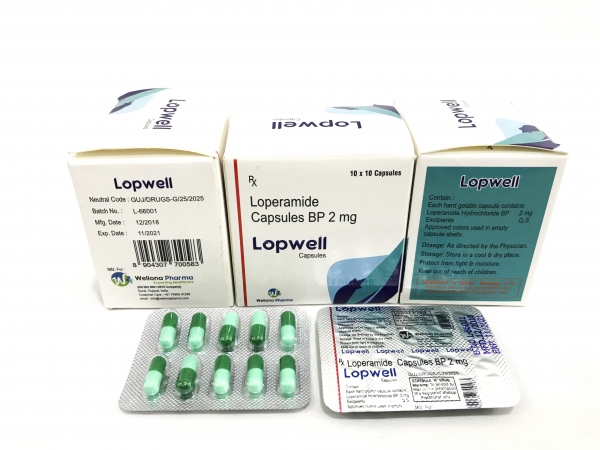
KRATOM
(Also known as Kratz , Zepher Ketum, Kakuam, Ithang and Thom)
Kratom is a plant common to Southeast Asia and can act as both a stimulant and a narcotic. The primary psychoactive component, mitragynine, is many times more potent than morphine. At a low dose, the user becomes talkative, energetic, alert, and excited. At a higher dose, the user’s pupils constrict, they are in a calm and dreamy state, less sensitive to pain, have a dry mouth, may itch and can experience nausea. At very high doses, this plant has an opioid-like effect and users may exhibit psychotic symptoms, including hallucinations, delusion and confusion.
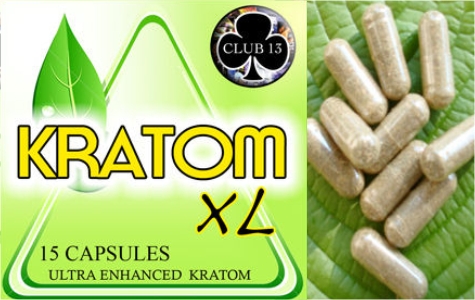
The Kratom plant material is widely available online, or at smoke shops, and is legal. It is available in pills, and as loose plant material, which is used to make a tea. People use it as a substitute for opioids and to help with withdrawal. It is addictive, has no recognized medical use, and has caused many deaths across the United States. The U.S. Drug Enforcement Administration is currently considering making it a schedule I drug. Kratom testing is available but it is a specific test that needs to be ordered or requested.
Alcohol Consumption Alternatives
TAMPON DIPPING
For the purpose of hiding alcohol use some people have resorted to dipping tampons in alcohol and then inserting them in their rectum or vagina. The mucosal absorption of ethanol leads to rapid intoxication without producing a significant breath-odor of alcohol. Both can cause extremely high blood alcohol content, and the longer they are left in the more is absorbed in the body. The body has no way to neutralize the alcohol as it isn’t going thru the stomach. It enters the blood and heads to the brain.
Alcohol is a drying agent and thus can cause sores and tears internally.
This method of consumption can be detected through a breathalyzer. If you are dealing with someone who has every indication of being drunk, but you don’t smell a strong alcohol odor, give them a straw to blow into so that the air is focused to a small opening. Tell them to blow until all the air is out of their lungs. If the air being exasperated from the lungs smells strongly of alcohol, the individual may be tampon dipping.
ALCOHOL VAPOR
A new device, Alcohol Without Liquid (AWOL), is becoming popular. The device vaporizes alcohol so that it may be inhaled. The AWOL device consists of two components, an oxygen generator and a hand-held vaporizer. Tubes from the generator attach to the vaporizer. Alcohol (typically vodka) is poured into the vaporizer and mixes with oxygen producing an alcohol-mist. The mist is inhaled resulting in rapid absorption of alcohol from the lungs and immediate intoxication. Vaporization causes very high blood alcohol content much quicker than drinking alcohol does, thus making it more dangerous. People do this as they get no hangover, and the “high” lasts about 30 minutes. Once they come down from the high, they take another hit, and are intoxicated again. Just because they don’t feel intoxicated, doesn’t mean their BAC has lowered. The more hits they take, the higher the BAC.
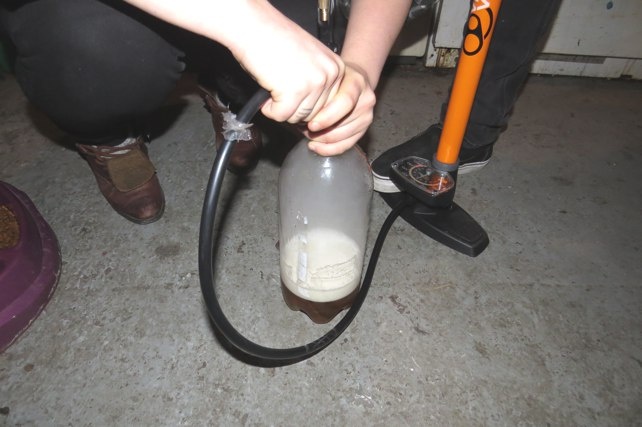
Users often make their own AWOL device using a plastic bottle, a hand-held air pump, or small air compressor. A hole is put in the lid of a 1- or 2-liter bottle. An inflation-pin typically used for inflating basketballs is inserted through the hole in the lid. About a 1/4 cup of Vodka or some other type of alcohol is poured into the bottle. A tire pump or small air compressor is connected to the pin and air is pumped into the bottle until the bottle is firm. The pump is pulled; causing a pressure change in the bottle and the liquid is converted into vapors and is then inhaled through the hole in the lid. The user quickly becomes intoxicated.
BOOZE TUBES
Alcohol is often hidden in flasks that are disguised to look like tampons. The new one-time vapes also have a tampon type sleeve. So don’t be intimidated about checking feminine hygiene products, if you suspect substance use.
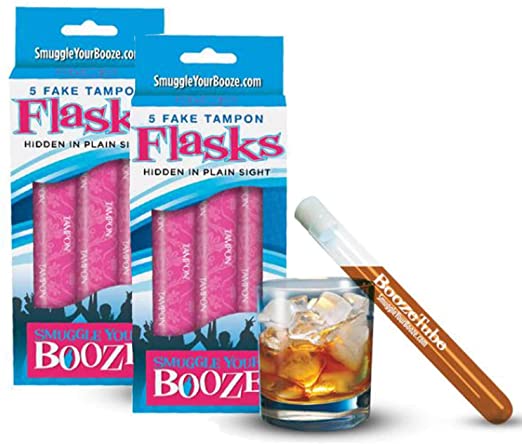
Online Designer Drugs
Alternative substances can be ordered online and delivered to your front door, no drug dealer needed. These compounds are known as Research Chemicals or RCs. They mimic illicit drugs without being detected, as they are structurally very similar to illicit drugs, but because they are altered by a molecule or two they do not test.
Since these compounds are similar to other known substances they bind on “like” receptors giving the user their desired effects. Some of the most popular Research Chemicals are: (1) stimulatory in nature, similar to cocaine and methamphetamine; (2) novel derivatives of psychedelics (hallucinogenic types), similar to Ecstasy (Molly), Magic Mushrooms, LSD, and Tryptamines; and (3) the depressants, like narcotics – Oxy, Percocet, Heroin, and especially all the designer fentanyl’s.
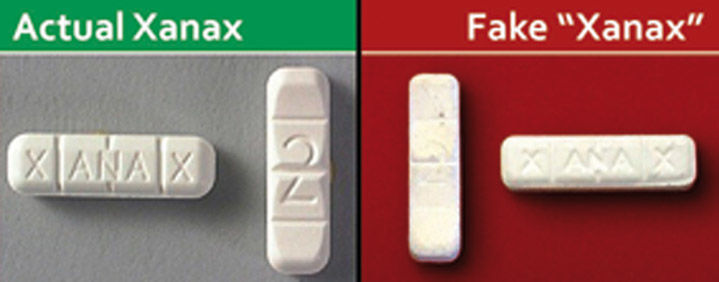
The use of these drugs present with effects of the class they are in, but again may not test in a drug test. Some can be tested, but a specific test needs to be requested.
For more information about drug trends or to schedule a presentation, contact Lynn Riemer at trainings@actonedrugs.org.

